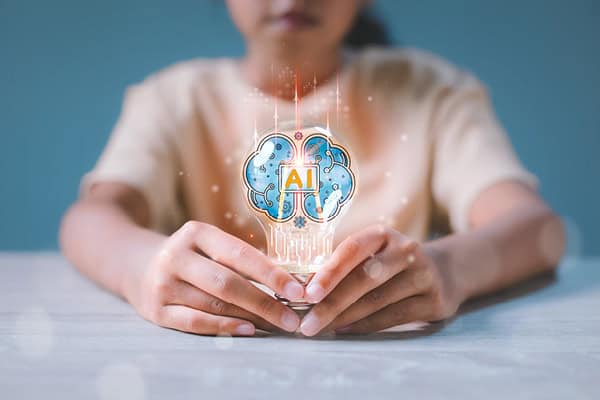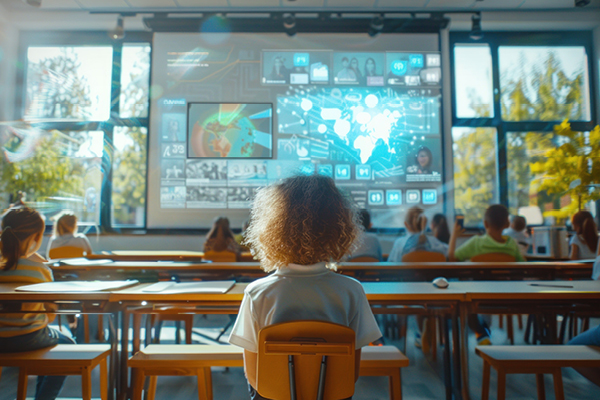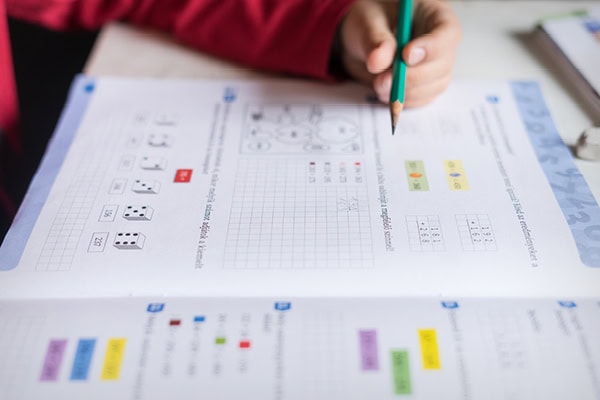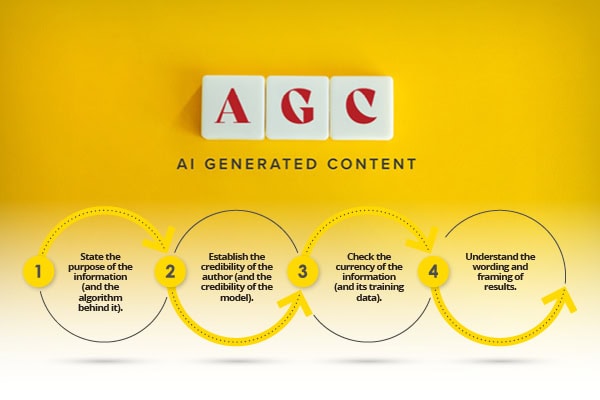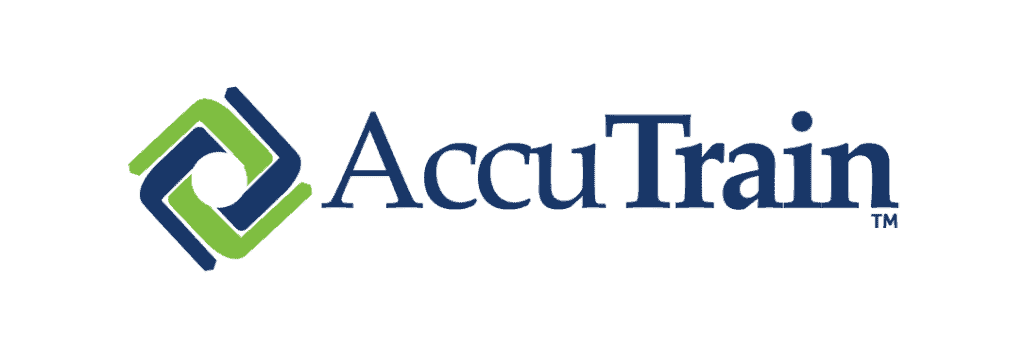A recent article in Forbes magazine, written by Lutz Finger, a data scientist in residence at Cornell’s Johnson Graduate School of Management with extensive experience as a technologist and product manager, lists the meaningful changes in education brought about by artificial intelligence:
Conversations instead of quizzes
Traditional quizzes are becoming obsolete. Lutz built a library of multiple-choice questions over the years to test students on machine learning and real-world AI applications. He writes that since 2023, ChatGPT has consistently passed every single one of them.
“We should shift from quizzes to conversations. I now use AI to discuss outcomes with students, encouraging them to evaluate, question, and apply their knowledge — something multiple-choice tests could never achieve.
“This change isn’t limited to my course. Every teacher can implement this. But, like any change, it comes with challenges:
”Teachers can’t just post articles anymore. To enable meaningful AI discussions, we need to highlight the key takeaways. For example, when we created a GPT to discuss Marc Andreessen’s article ‘Why AI Will Save the World,’ we focused the conversation on three points:
- There is hype.
- It makes sense for Marc to talk about the hype.
- Technology needs integration.
AI guided questions instead of checklists
“I’ve long used checklists in my teaching, but not every situation requires every step in the checklist.
“We use AI co-pilots to make checklists dynamic. These co-pilots guide students to focus on what matters most, adapt when conditions change, and skip unnecessary steps.
Personalized feedback
“Students upload their work, and the AI critiques it—just like I would. This gives students access to a personalized teacher anytime, anywhere. It’s a game-changer.
“The future of education is not about letting ChatGPT teach students directly. It’s about educators designing learning paths—and then using AI to scale their impact.
“AI is a powerful tool, but it’s still just a tool. It will change our workflows and how we teach, but the core responsibility remains with educators.
“We must focus on two essential skills:
- How to use AI effectively
- How to recognize its limits
“For instance, when you start the phrase “Life is like a box of…”, AI will almost always suggest ‘chocolates’ — because that’s what it has seen most often. But real learning happens when we move beyond the obvious.
“Similarly, when asking AI to do advanced, context-specific tasks, like writing firewall code, the output is often outdated or generic. Educators must help students recognize these limitations and teach them how to use AI critically.
“Just like learning to use a calculator or Google effectively, learning to collaborate with AI takes practice.
“AI is reshaping education—moving us away from memorization toward reasoning, understanding, and critical thinking.
“With personalized AI tutors, students can learn at their own pace, anytime. The challenge is clear: Educational institutions must equip both students and educators with the tools and skills to harness AI effectively,” Finger concludes.
Forbes
